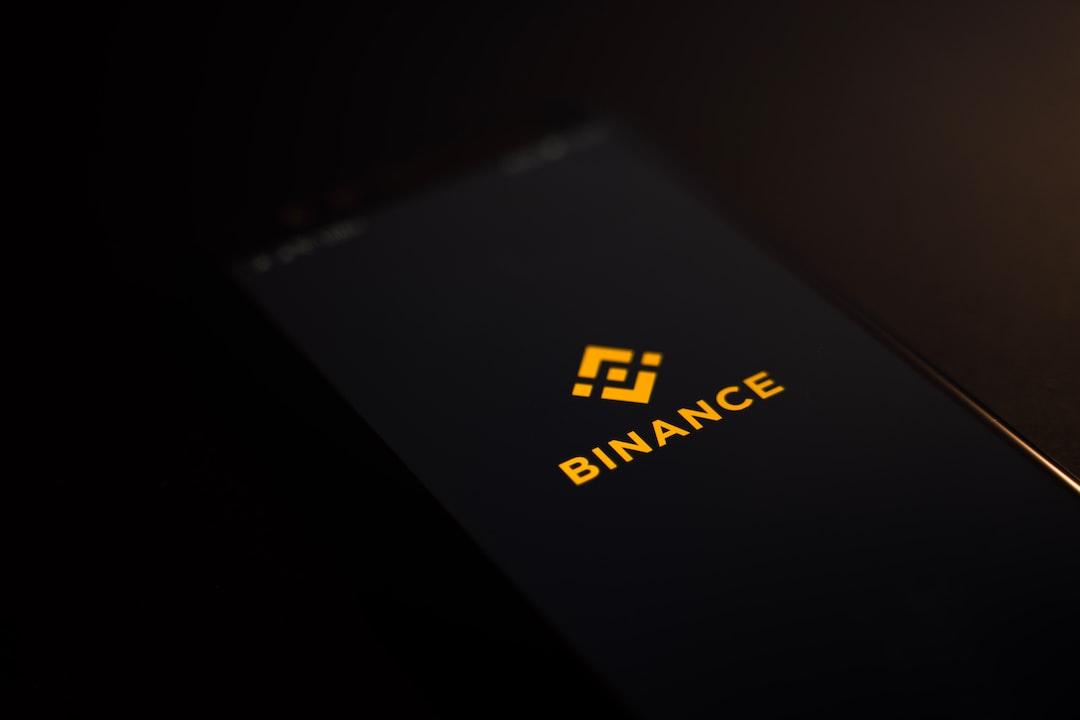The power of generative AI for images allows the mind to conjure up any desired image, from realistic portraits to whimsical scenes. This revolutionary technology has completely transformed the world of visual creation in just a few short years.
The roots of generative AI image creation can be traced back to the 1970s, with early models like Harold Cohen’s Aaron, which used simple rules to create abstract art. Over the decades, artificial intelligence has advanced, with neural networks gradually learning to capture the complexities of real-world images. However, it wasn’t until the mid-2010s that the field truly exploded.
In 2014, generative adversarial networks (GANs) emerged, introducing a new approach to image creation. GANs consisted of two neural networks: a generator that created images and a discriminator that attempted to differentiate them from real photos. This adversarial training pushed the boundaries of realism and paved the way for models like StyleGAN2, which could generate photorealistic images and manipulate existing ones by altering their style.
Several key players dominate the generative AI landscape for images. OpenAI’s Dall-E 2 and Dall-E 3 are renowned for their ability to generate stunningly realistic and surreal images based on textual prompts. Google AI’s Imagen excels at generating images that adhere to specific visual styles, making it perfect for tasks like concept art and graphic design. Midjourney focuses on the artistic interpretation of textual prompts, producing abstract and painterly outputs. DreamStudio (Stable Diffusion) is an open-source platform that offers users a high degree of control over the image generation process.
The market for generative AI in image creation is experiencing explosive growth, with a projected global market size of $3.44 billion by 2030. This surge is fueled by increasing demand for visual content, advancements in AI technology, and the accessibility of user-friendly platforms. In the first half of 2023, the generative AI for art space attracted over $5 billion in investments, highlighting the growing interest and potential in this field.
The evolution of generative AI is blurring the boundaries between human and machine creativity. With advancing technology, we can expect more sophisticated models capable of understanding intricate prompts, producing diverse artistic styles, and fostering collaboration.
Dall-E 3 remains one of the most sought-after generative AI models due to its exceptional image quality and creative potential. To use it, users must join the Dall-E 3 waitlist on OpenAI’s website. Once granted access, users can craft a detailed image prompt describing their desired image, being specific about composition, style, and lighting. Dall-E 3 allows users to explore multiple image variations based on the initial prompt, refining the prompt or adding additional details using the “Outpainting” feature. Once satisfied with an image, users can download it in various formats, adhering to OpenAI’s usage guidelines.
The commercial use of Dall-E images is subject to OpenAI’s content policy and terms. Users generally own the images they create using Dall-E, with the rights to reprint, sell, and utilize them for merchandising. Dall-E credits are used to quantify and manage the usage of the image generation system. Users receive free credits upon signing up, and once exhausted, they can purchase additional credits. The cost of using Dall-E varies depending on the user’s chosen usage plan, with options for both standard-quality and HD images at different resolutions.
Using AI art generators ethically involves adhering to the service’s terms of use, respecting intellectual property rights, and ensuring privacy. It is essential to consider the moral implications of image requests and avoid generating offensive or stereotypical content. AI-generated photos should be used appropriately, with proper attribution when necessary. Staying informed about policy updates is crucial, as they can impact artists and creatives.

